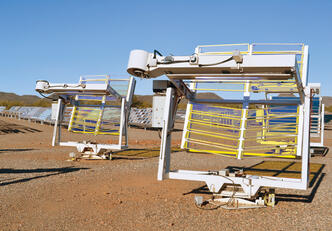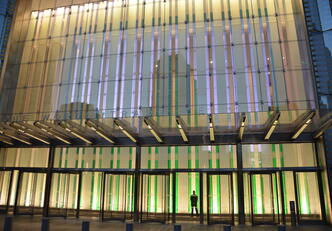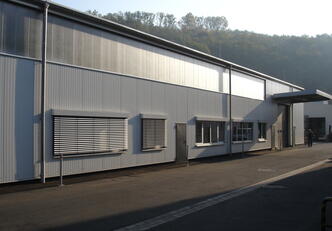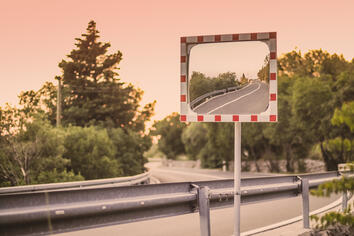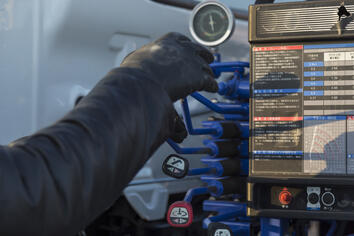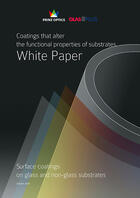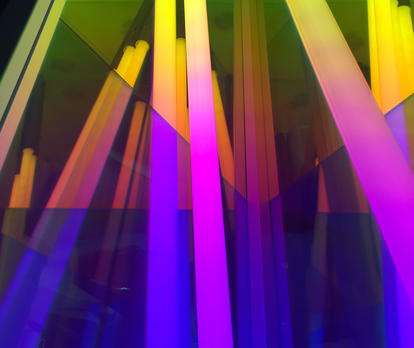Hydrophilic/hydrophobic coatings
on glass and metal change their wetting properties: either with a hydrophobic effect by increasing the contact angle (lotus leaf effect) or with a hydrophilic effect with the formation of a closed film achieved by reducing the contact angle.
An anti-fog coating is often used in combination with other coatings (e.g. anti-reflection coating).
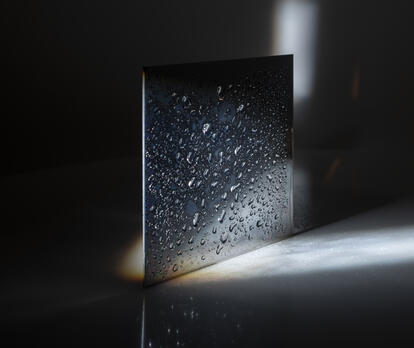
With hydrophobic coating ("lotus effect"), the water forms large drops and then drains off.
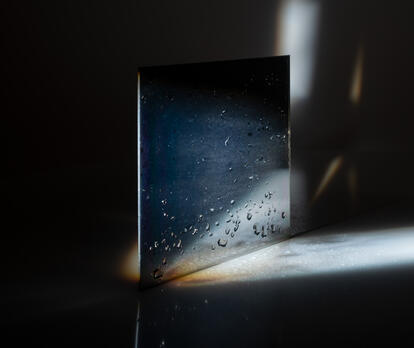
With hydrophilic coating, a continuous film of water forms that does not hinder transmission - important at horizontal surfaces
Material types and sizes
We offer the following materials with anti-fog surface coatings:
We coat not only different types of glass but also different metal surfaces – in each case according to the customer’s specific application requirements.
You can find all technical data here:
Glass - standard thicknesses
| Float glass | 2 mm | 3 mm | 4 mm | 5 mm | 6 mm |
| Borofloat glass | 1.1 mm | 2 mm | 3.3 mm | 5.5 mm | 6.5 mm |
| Clear glass | 2 mm | 3 mm | 4 mm | 5 mm | 6 mm |
Thicknesses of metal or plastics
according to specification / customer request
Standard sizes
| minimum | in mm range depending on material |
| maximum | gross 1,150 x 850 mm / net 1,080 x 800 mm |
